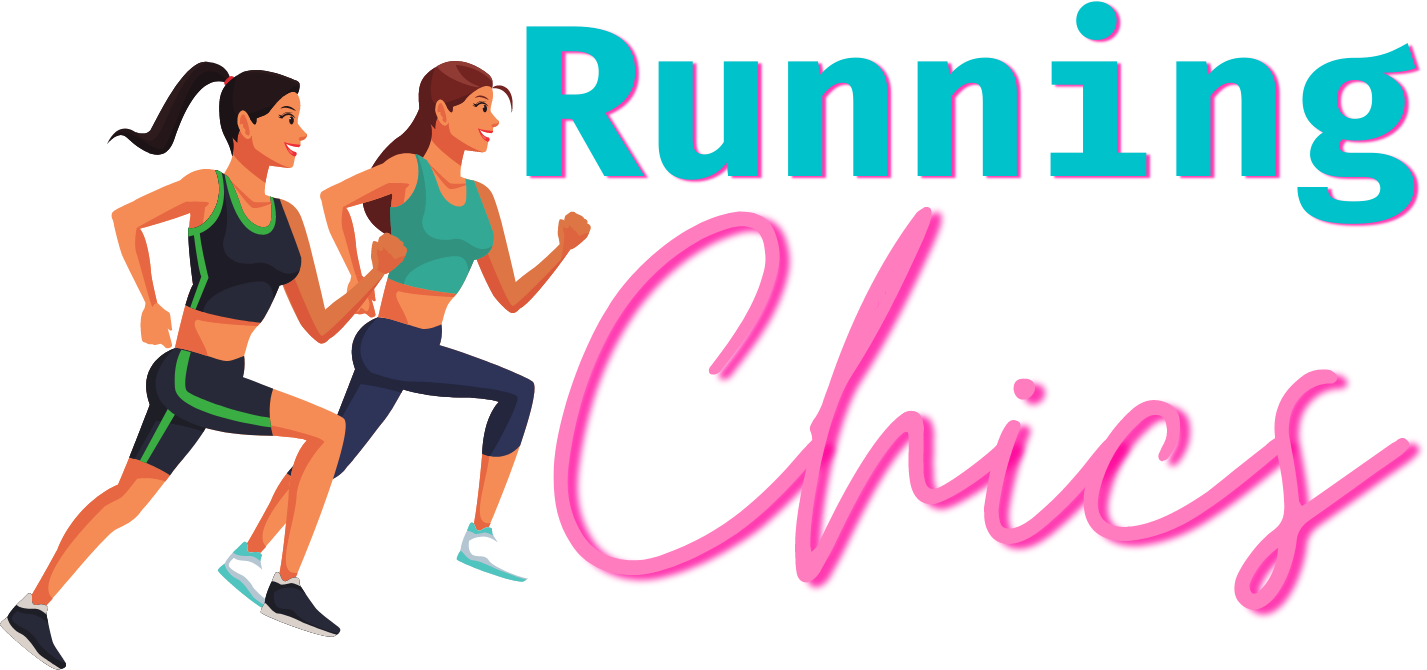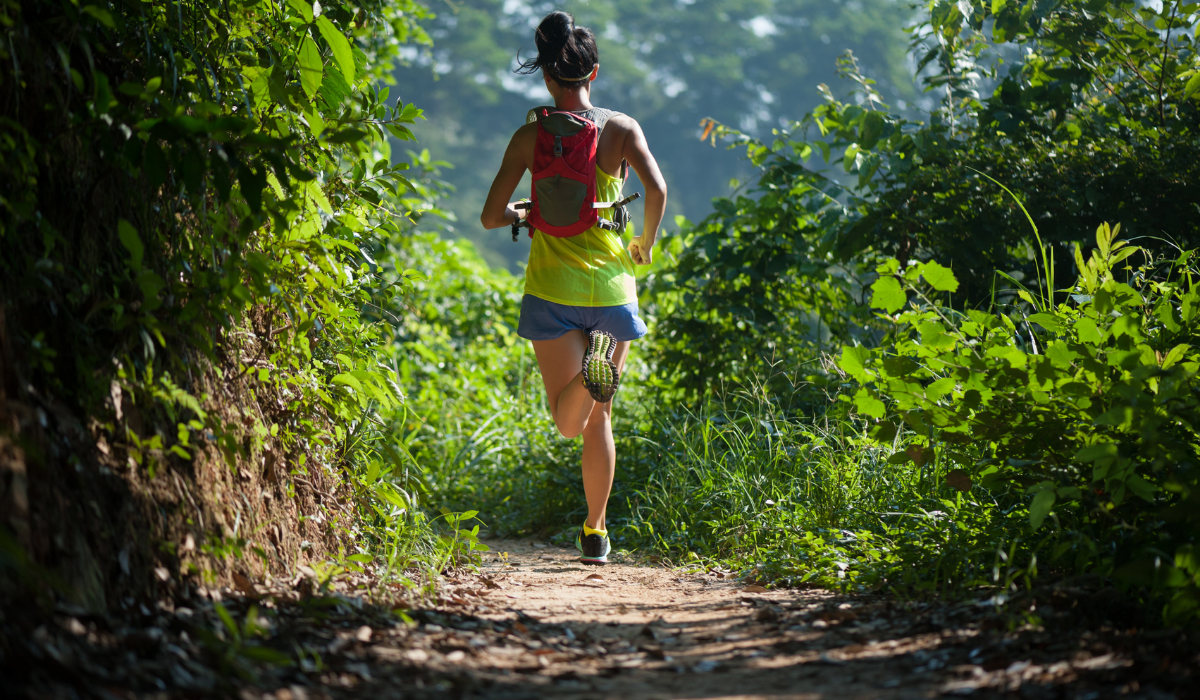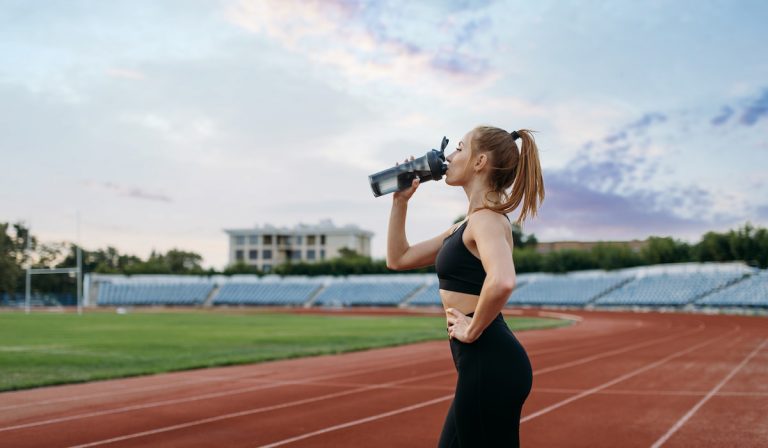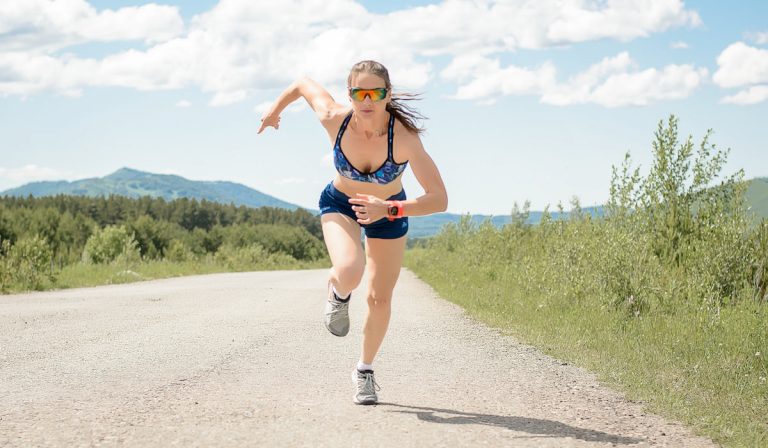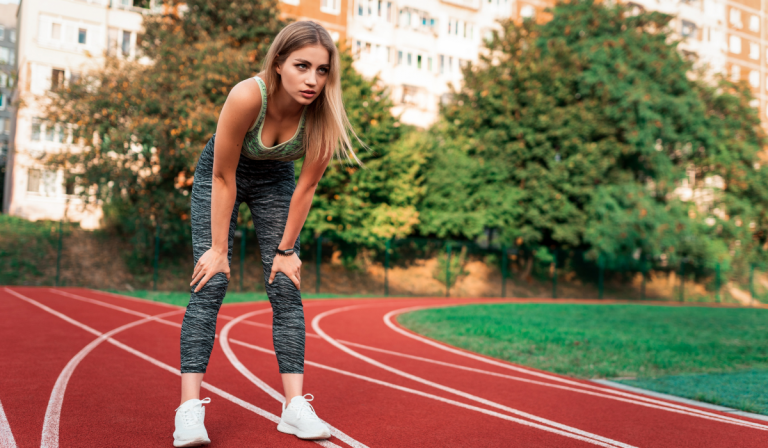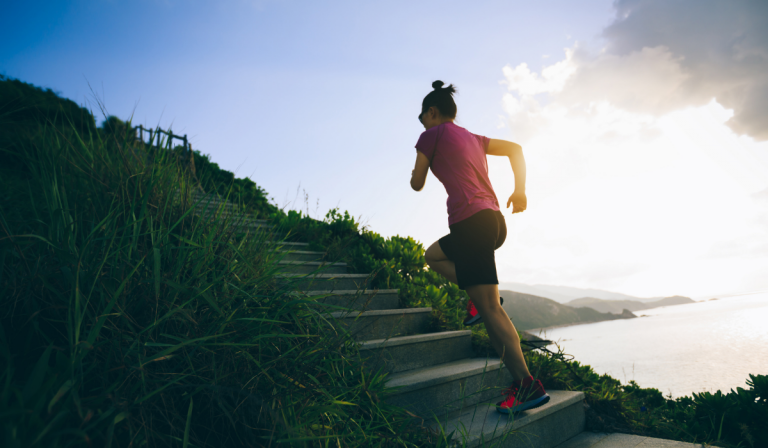How to Get Better at Running Without Running
As a runner, there are times you have to take a break from running. It could be because of an injury, fatigue, or anything really.
Because people say practice makes perfect, the thought of getting better at running without running might seem unattainable.
But then, many of the world’s best distance runners have improved their performance through non-running techniques.
If you have been wondering how to keep getting better at running when on break from running, we have the answers you need. Below, we discuss various ways to get better at running without running.
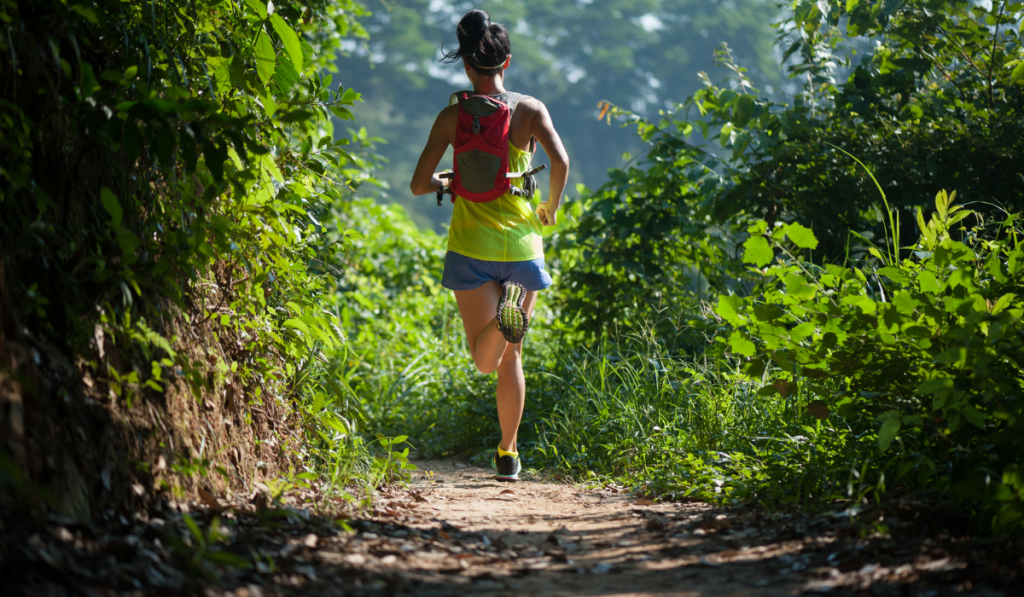
How to Get Better at Running Without Running
You can get better at running without running by doing the following exercises.
Pool Running
For the longest time, pool running was a means of rehabilitation; it was a way to help athletes heal from injuries. But times are changing, and these days, you will find that pool running is now a regular routine for some runners.
Pool running can supplement recovery training. But beyond that, it can help improve your body posture and strength.
When doing pool running, get yourself to the deepest part of the pool while wearing a floatation vest or belt. That way, you can keep your body erect while replicating your running training in the water.
You can do virtually all types of runs in the pool. However, pool running will not raise your heart rate like running on land.
In the water, you do not bear most of your own weight. So your heart does not have to pump as hard. But you can increase your heart rate in the pool by doing interval-based sessions.
While pool running can help you get better at running, water resistance may stress your hip flexors.
Squats
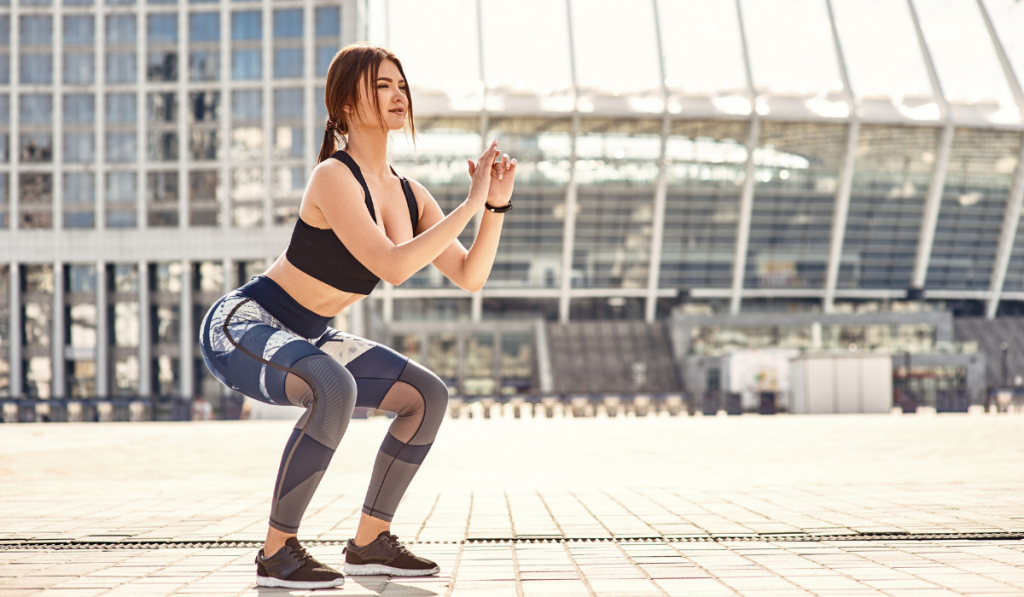
By doing squats, you can improve the strength of your calves and thigh muscles. Of course, if these muscles are more robust, they will enhance your ability to run long distances.
You can choose to squat without any enhancements.
Alternatively, you can enhance your squat routine by performing them with weights. The weights promote the development of lean muscle mass, making the workout even more efficient.
Jump Rope
Using a jump rope is straightforward and fun – virtually anyone can do it.
Jumping rope can build your endurance for running. The longer you last while jumping, the farther you can go while running.
Beyond building endurance, jumping rope will get your heart pumping, improving your cardio health.
Using a jump rope also works out various muscles in your legs and hands. These muscles will then contribute to your performance while running.
If you are not looking to have a prolonged jump rope session, you could include rope jumping as a warmup routine.
Bicep Curls
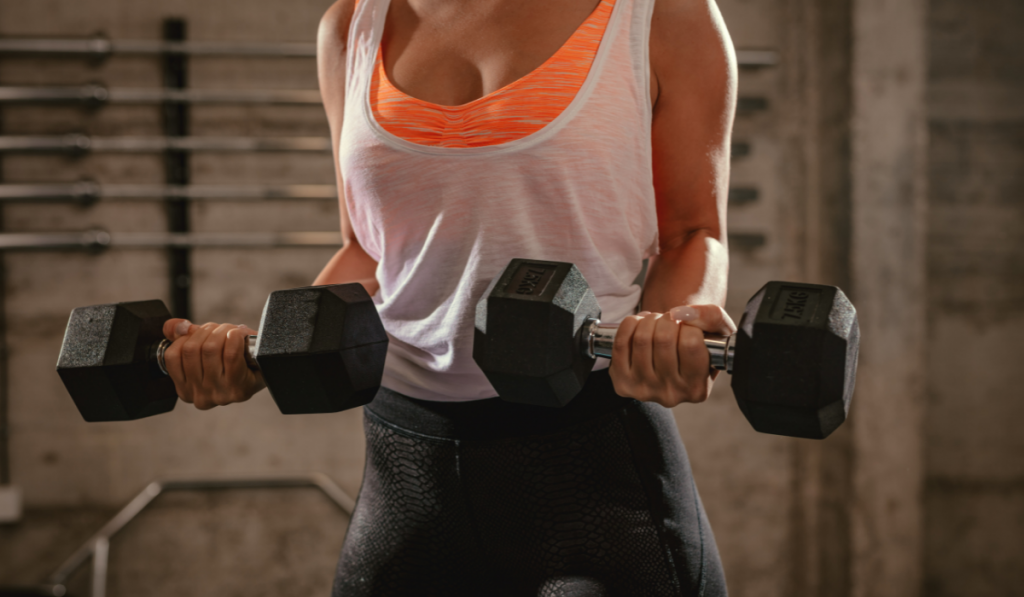
Bicep curls can help you build lean muscle, and of course, as your physique improves and your muscles become stronger, you’ll have the chance to run better.
When doing bicep curls, including more reps (repeats) can do you a lot of good. Start with lighter weights, then increase as you go.
While increasing the weights, pay attention to muscle fatigue. If your muscles do not feel fatigued, you may need to add more weight.
Strength Train
Another way to get better at running without running is to train the weak parts of your body to become stronger.
If one of your muscle groups is not strong enough, another part of your body may have to suffer for it. Sadly, when one part of your body is doing more than it should, your running may be negatively affected.
Incorporating strength training for the weaker body parts is essential to keep your body at its best while running.
You can start your strength training at the glutes (buttocks) using a bridge exercise. Even though you do not use your glutes to run, strengthening them can help better support your knees and hips.
Plie Squat
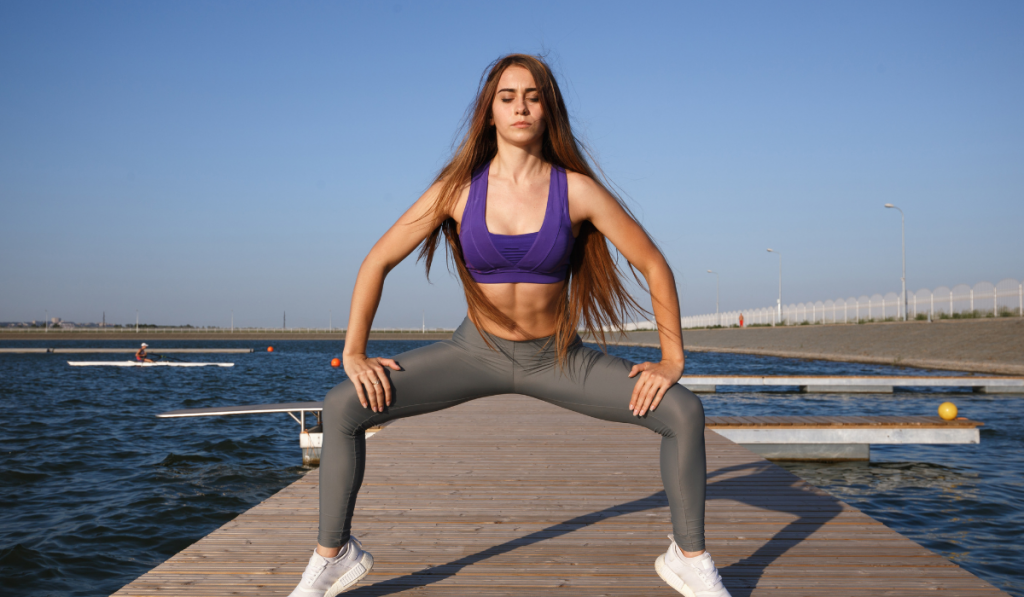
A plie squat is pretty easy to do. It increases leg strength, and obviously, this can improve your running ability.
If you are not used to the plie squat, try practicing with someone more experienced. Afterward, if you are familiar with the exercise, you may try the routine unsupervised.
Besides improving leg strength, a plie squat improves your endurance and stamina. You can insert it into your routine as an interlude between exercises that require weights.
Pushups
You are probably familiar with pushups. You can readily do them at home, and they are simple too.
Pushups help improve your body’s overall strength and build muscle mass. So it is no surprise runners include pushups in their routine.
Jumping Jacks
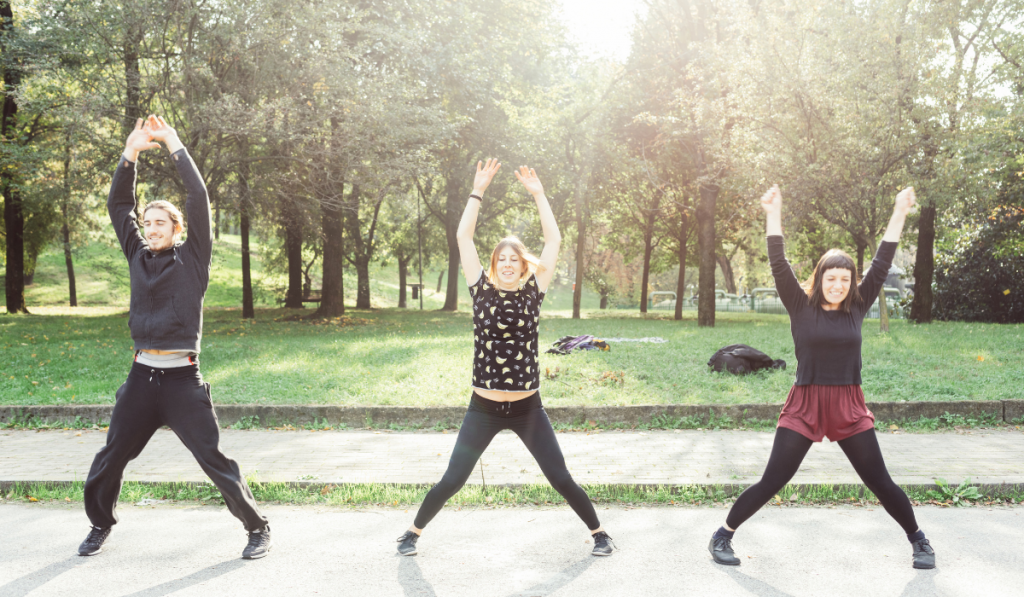
Jumping jacks are pretty beneficial to runners as they work the leg muscles. But beyond that, if you put in many reps during your jumping jack routine, you may also help your cardio function.
Burpees
Burpees are pretty intense. It might sound easy when you describe it as lying on the ground and getting up quickly. But it can get tiring pretty fast.
Burpees can help you with some speed. But more importantly, burpees can build your stamina. So, if you run long distances, you should try including burpees in your workout.
Front Kicks
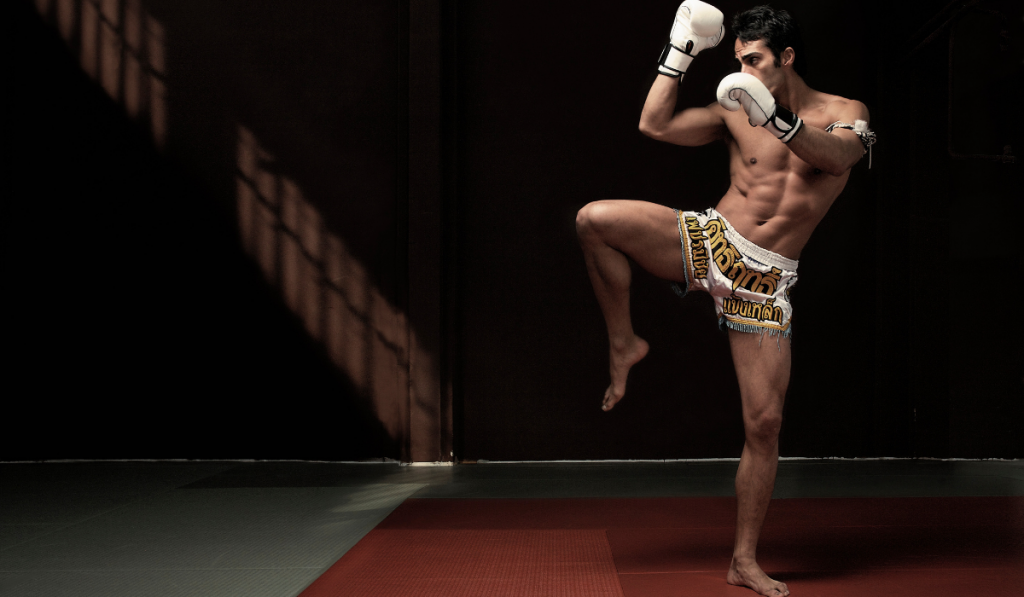
Most people will think of martial arts classes when they see front kicks.
But you may be surprised to know that front kicks can help improve balance. Apart from that, they can also enhance the strength of your legs.
Stretching
Stretching can help improve your stability and mobility.
As a distance runner, you should incorporate stretches that focus on your hips, thoracic spine (middle spine), and ankles. These body tissues take the most hits during running.
Stationary Biking
Stationary biking has always been a general fitness option for all athletes.
As a runner, did you know that stationary biking can improve your speed?
When done correctly, stationary biking can help you run faster. It can also improve your motion range and make your hip flexor muscles stronger.
To ensure stationary biking goes well, sit on the bike to maintain minimum resistance. If you do not sit correctly on the bike, you may develop issues with your hamstrings.
Antigravity Treadmill
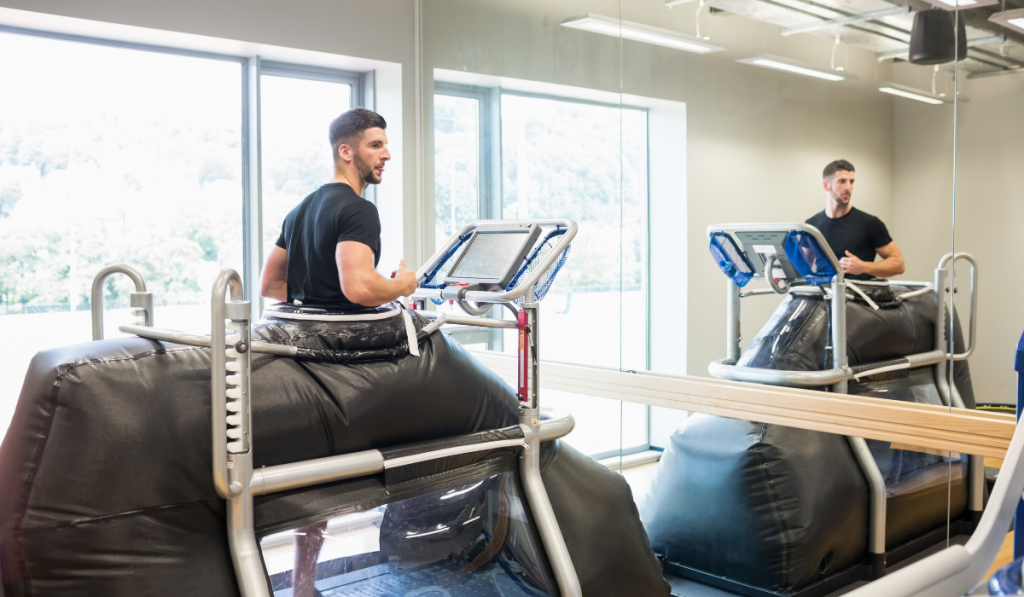
If you have access to an antigravity treadmill, then running on one can help you get better at running.
Antigravity treadmills are now a way to supplement training in many athletic programs.
Antigravity treadmills hold your body with a harness, allowing you to exercise in a low-risk setting.
You can run on an antigravity treadmill at different body weights. You can set the treadmill to full body weight like a regular treadmill. Alternatively, you can tune it all the way down to 20% of your body weight.
Lap Swimming
Lap swimming isn’t like running. However, it can help improve strength while offering aerobic benefits.
Cross-Country Skiing
Most areas of the body’s musculature are used in cross-country skiing.
So, it is not surprising that some of the highest VO2 max (maximum rate of oxygen used) ever recorded come from cross-country skiers.
If you do some cross-country skiing as a runner, you can expect to improve your VO2 max.
Wear Lighter Footwear
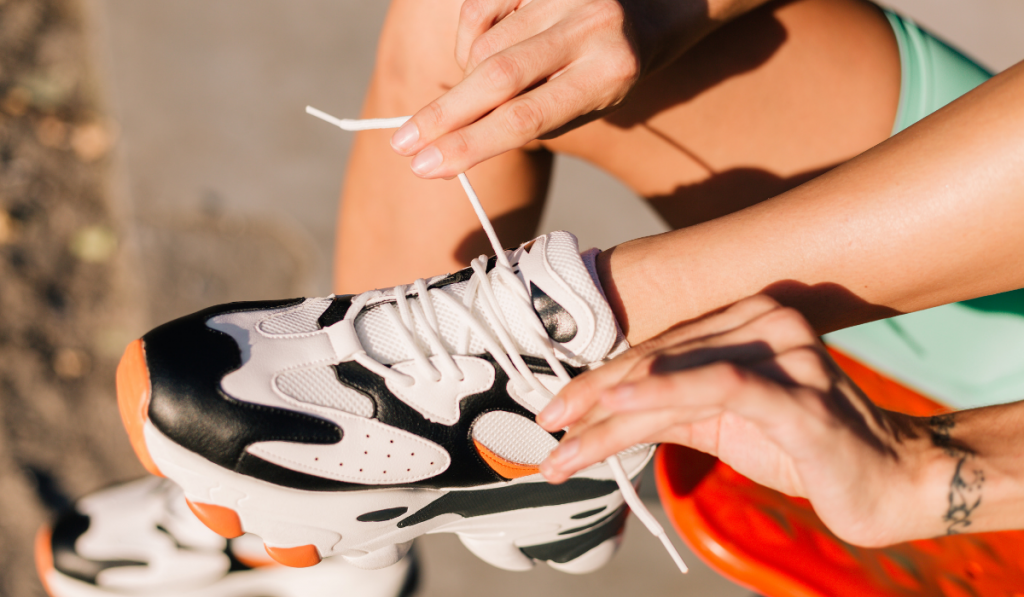
You can actually improve your running performance if you wear lighter shoes.
Researchers confirm that if your shoe is 100 grams lighter than before, you can get up to a 1% increase in performance. At first, 1% might seem negligible. But over longer distances, it is pretty significant.
While lighter footwear might improve your performance, not everyone will benefit from such change.
For one reason, if the lighter shoes are not sufficiently cushioned, your running efficiency will drop. As a result, you will lose any potential performance gains.
Plyometric Exercises
Plyometric exercises like bounding, leaping, and jumping can help you get better at running without running.
Because these exercises require rapid muscle contraction and expansion, they might help you get faster and raise your endurance.
Make a Playlist to Pace Your Steps
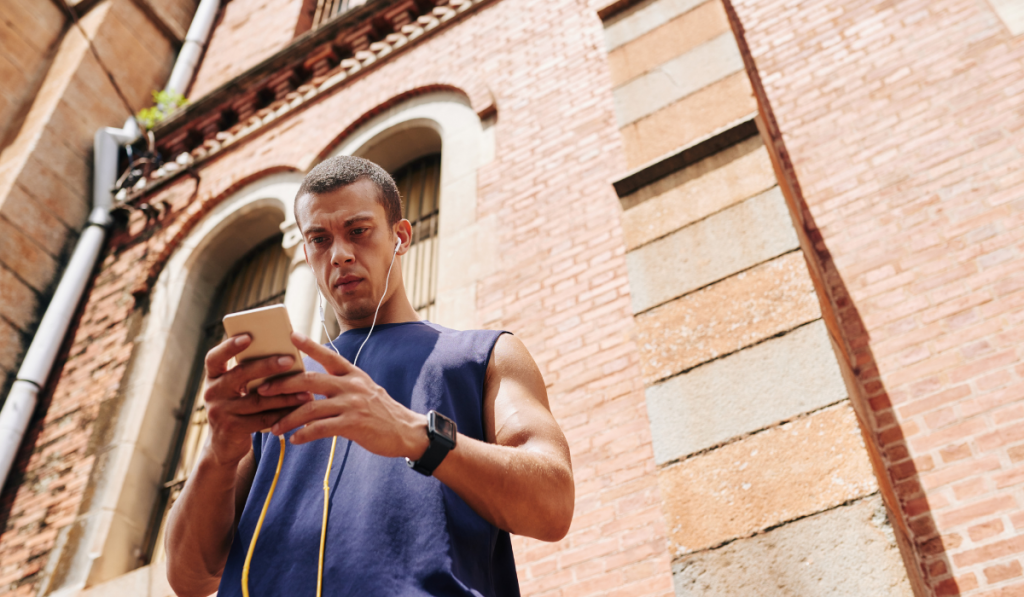
When your pace becomes faster, your running becomes more efficient, and you are less likely to overstride.
According to experts, many elite runners hit a pace of around 180 steps per minute.
If you want to match this, you could make a playlist of songs with 180-beats-per-minute rhythms. The beats will pace your steps, and you could get used to that pace with time.
Attain Optimal Racing Weight
Everyone has an optimal racing weight, and if you are not at yours yet, losing some weight could make you faster.
Note that losing weight may not improve your running performance if you are already at optimal weight. In fact, you may become slower if you lose too much weight.
Resources
- https://www.active.com/running/articles/7-ways-to-become-a-better-runner-without-running
- https://www.sportme.com/blog/get-better-at-running-without-running
- https://www.runnersworld.com/training/a33396905/get-better-at-running-when-you-cant-run/
- https://www.triathlete.com/training/6-ways-become-faster-runner-without-running/
